Top 10: Cars that started a niche
Long gone are the days when cars were just big or small – there’s now a niche to suit almost any motoring predilection. Ten years ago, who’d have thought that someone would cross a coupé and a full-size 4x4 and make the BMW X6? And nobody saw the explosion of the crossover niche before the Nissan Qashqai arrived. So, here’s our look at some of the cars that became trendsetters, spawning a raft of imitators.

Nissan Juke
After the runaway success of the Nissan Qashqai (which we’ll come to later), Nissan figured it could go both smaller and bolder – the Juke was born. The packaging is severely compromised – the Juke’s cabin and boot space are very limited – but the combination of chunky, 4x4-inspired looks and small footprint has pioneered the ‘supermini SUV’ segment, which now includes the Ford EcoSport, Renault Captur and Vauxhall Mokka.
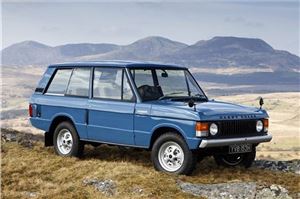
Range Rover
When it launched in 1970, Land Rover’s first-generation Range Rover combined imperious off-road ability with genuine luxury car status – the first time that particular combination had been properly achieved. Today, the massive luxury 4x4 is an executive staple, with BMW, Audi, Mercedes and even Porsche getting in on the lucrative act.
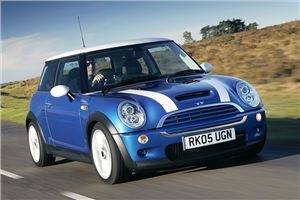
BMW MINI
The 2001 BMW MINI didn’t invent the plush small car niche by any means, but what it did do was revolutionise it. By offering enough options to fool any buyer into believing their MINI was ‘unique’, while trading on the dual assets of British badge heritage and BMW engineering, the upmarket city car was truly born. Where the MINI led, the Audi A1, Fiat 500 and, arguably, Citroen DS3 followed.
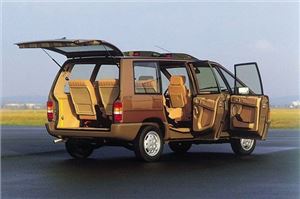
Renault Espace
Debate rages about whether it was the Espace or the Volkswagen Type 2 that really began the MPV genre, but the modern people-carrier was probably Renault’s idea in reality. The original Espace – literally, “space” – set the blueprint for the modern one-box MPV, designed specifically for comfortable, child-friendly transport.
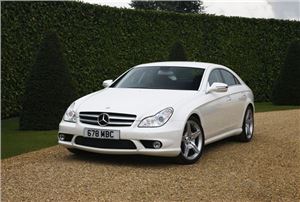
Mercedes-Benz CLS
Now in its second generation, the latest Mercedes CLS is a beautiful car, but most would agree that it’s lost the striking idiosyncrasy of the original. It’s arguably as much a triumph of marketing as design that the Mercedes-Benz ‘four-door coupé’ is considered truly unique – it’s essentially an E-Class with less headroom for more money. Still, there’s no disputing that it looked pretty special and spawned imitators, most notably the Audi A7, Porsche Panamera, and even the Volkswagen Passat CC.
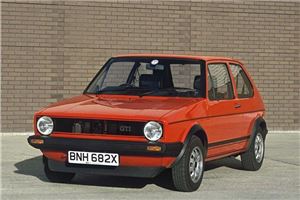
Volkswagen Golf GTI
As with the MPV sector, the modern hot hatch niche was set in motion long before its most famous ‘pioneer’ came about. The Golf GTI is widely regarded as the blueprint for the modern hot hatch, even though some say the Alfasud before it (which wasn’t a hatchback, in fact) started the small, quick car trend. The 1976 Golf GTI nailed the formula, and started a niche that is stronger than ever today, thanks to cars like the SEAT Leon Cupra, Renaultsport Mégane and the Vauxhall Astra VXR.

Audi RS2 Avant
Audi has come late to the party with a number of niche vehicles of late – the Q7, A7, and A1 have all been made seemingly in response to popular cars from rival makers. But with the RS2 Avant, Audi truly did something unique: the super estate. Developed with Porsche, there were, of course, quick estates before the RS2 Avant, but none built with such dedication to staggering performance.
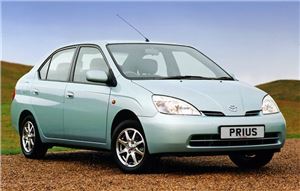
Toyota Prius
All the cars on this list lay claim to starting a niche recognisable by people who know cars, but the Toyota Prius is a bona fide cultural phenomenon – the word ‘Prius’ is as synonymous with eco-friendly motoring as ‘Coke’ is with a cola drink. Debate rages as to how environmentally friendly the Prius actually is, overall, but since the first-generation car became the world’s first production petrol-electric hybrid in 1997, it’s remained at the top of the eco marketing tree.

Nissan Leaf
The development of the electric car actually goes back to the 19th Century, and the Nissan Leaf can’t even lay claim to being the first of the latest crop of electric cars – the Mitsubishi i-MiEV went on sale over a year before it. However, by virtue of looking ‘normal’, having a manageable battery life, and being relatively affordable, the Leaf is likely to be remembered as the car that marked the beginning of the end of the internal combustion engine. Time will tell that.

Nissan Qashqai
The third and final entry for Nissan on this list, the Qashqai is responsible for beginning middle England’s obsession with the crossover SUV. By combining the compact user-friendliness of a family hatchback with the safety-imbuing tallness of an SUV, minus the fuel-sapping 4x4 drivetrain, Nissan struck gold. Launched in 2007, by March 2011 the (extremely profitable) Qashqai had surpassed 1,000,000 global sales.
